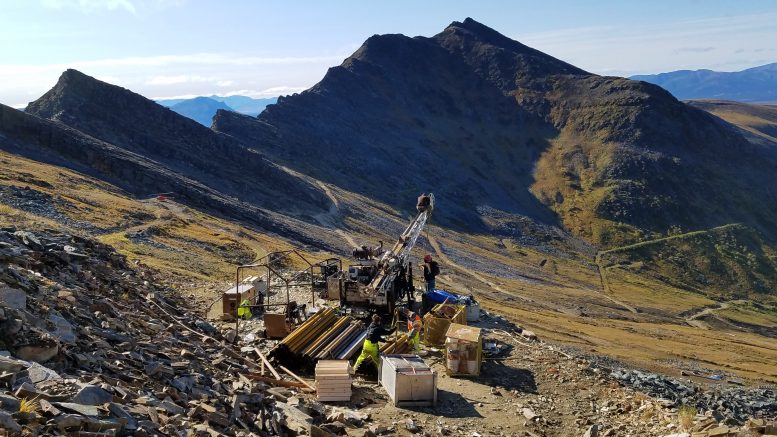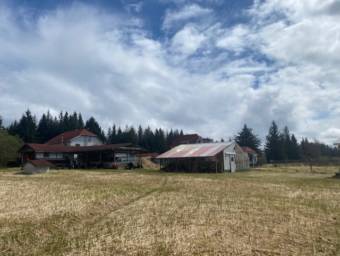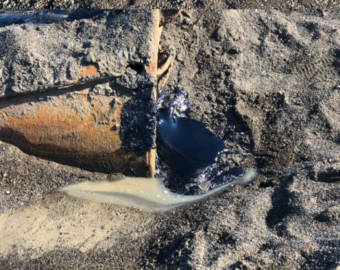
The state of Alaska’s investment authority board has agreed to put $35 million towards the controversial Ambler Road project. The funding is matched by Ambler Metals, the mining company looking to use the road to access mineral deposits in the region.
With the $35 million match from Ambler Metals, the $70 million infusion signals a major advancement in the development of the Ambler Road. The proposed project would run roughly 211 miles from the Dalton Highway to the Ambler Mining District in the Northwest Arctic Borough.
Ambler Metals CEO Ramzi Fawaz said the funding is for pre-development work on the project. He said the permitting process will start sometime in the second half of the year, and anticipates the process will take two to three years.
“Permitting is one of those activities that gets done in addition to the feasibility study and surveys and so on,” Fawaz said. “And that’s part of that we need to do and the team needs to do before we get to an investment decision on the road.”
The development agreement approved unanimously between the Alaska Industrial Development and Export Authority and Ambler Metals goes through December 2024.
Subsistence advocates have filed lawsuits over the road, concerned that construction would impact the migration of caribou, a staple of the local Inupiaq diet in Northwest Alaska. In its environmental assessment released last March, BLM officials noted potential impacts to wildlife migration and erosion as well as local water and air quality.
The process of getting a mine in the Ambler Mining District has garnered support from the Dunleavy administration and mining advocates, who say the project means high-paying jobs for Alaskans. Fawaz said they anticipate hiring more than 80 people for the field season work. Additionally, should construction be approved, another roughly 600 people would be hired for the construction of the road, and then about 400 for operations at the mine. Fawaz said Ambler Metals has been working with the local NANA Regional Native Corporation and the Northwest Arctic Borough in order to get locals employed.
“Our hope and our aim is to train and recruit as many as we can from the borough, from the region, from our neighbors, to participate in this work — both before we get to an investment decision and after,” Fawaz said.

With large deposits of gold, silver, lead and other minerals, Fawaz said the current projection is that the mine would last for 12 years. He said Ambler Metals hopes to find additional mineral deposits in the region to extend its lifetime to over 20 years.
Lois Epstein is an engineer and Arctic program director for the Wilderness Society, a conservation group that is one of the plaintiffs in a lawsuit over the road. She said that AIDEA’s board of directors was not transparent in their process for approving the funding. During their meeting Wednesday, the board was in executive session for several hours to discuss the project ahead of the vote, but those sessions aren’t open to the public. Epstein said the board spent very little time discussing the move publicly before returning to an executive session.
“So if you’re interested at all what kind of questions were asked, what kind of details they focused on, did they even pay attention to the public comment period … you have no idea,” Epstein said.
Epstein said environmentalists and some Alaska Native organizations have also critiqued the timing of AIDEA’s focus on the Ambler Road project, considering the COVID-19 pandemic which has financially impacted thousands of Alaskans.
“We think the biggest issue right now for the state is the pandemic and all the economic impacts that have happened,” Epstein said, “and to the extent that AIDEA could help mitigate those impacts, that’s what they should be focusing on. Not a long term project like the Ambler Road.”
Fawaz of Ambler Metals wouldn’t comment on the pending lawsuits beyond saying the company is pleased with the federal permitting work thus far, and believe they can operate responsibly in the region.


